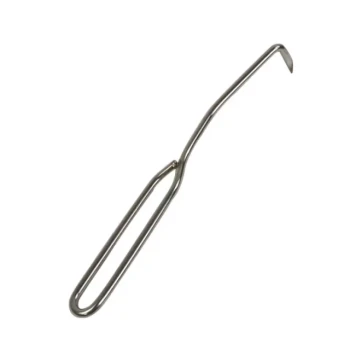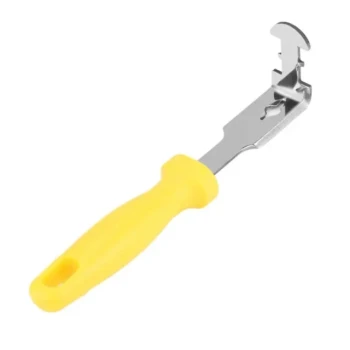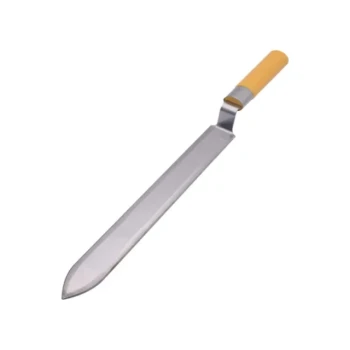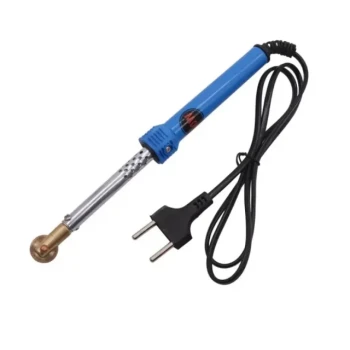When choosing beekeeping head protection, the primary options consist of a wide-brimmed hat combined with a mesh veil to shield your face and neck. These systems come in several styles: a hat with a permanently attached veil, a hat with a detachable veil, or a hood-style veil that zips directly onto a beekeeping jacket or full suit for a completely sealed enclosure.
The goal of head protection is not just to prevent stings, but to provide the clear visibility and sense of security needed to work with your bees calmly and effectively. The best choice for you will balance protection, comfort, and how it integrates with your other gear.
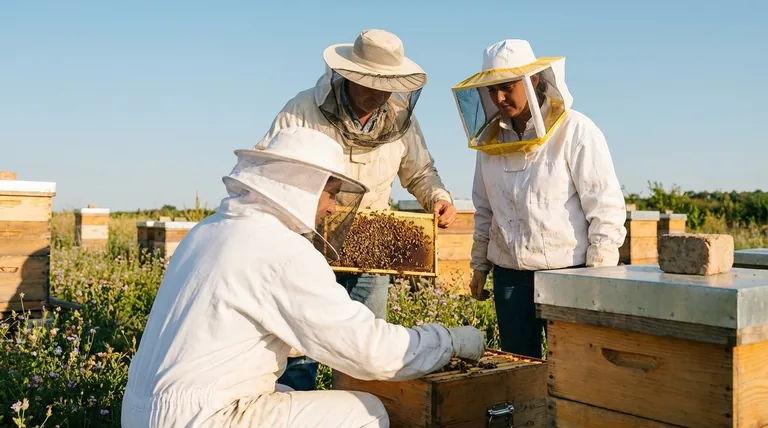
Why Head Protection is Non-Negotiable
A bee sting anywhere is unpleasant, but a sting on the face is uniquely dangerous and disruptive. Your headgear is arguably the most critical piece of your protective equipment.
Protecting Your Most Sensitive Areas
The face—especially the eyes, nose, and mouth—is a primary target for defensive bees. A single sting in these areas can cause significant swelling and pain, potentially impairing your vision or breathing and turning a routine inspection into an emergency.
Building Confidence
A reliable veil removes the fear of facial stings, which is a major source of anxiety for many beekeepers. When you feel secure, you move more slowly and deliberately. This calmness is projected to the bees, resulting in fewer defensive behaviors and a more productive beekeeping experience for everyone.
A Breakdown of Head Protection Styles
While all veils serve the same basic function, their design affects visibility, comfort, and overall protection. The three main styles are the Round Veil, the Fencing Veil, and the Square Veil.
The Round Veil
This is the classic, traditional style, consisting of a wide-brimmed hat with a circle of mesh hanging down all around it. The brim holds the mesh away from your face on all sides.
This design offers unobstructed, 360-degree peripheral vision and excellent ventilation. The distance it keeps the mesh from your face makes it nearly impossible for a bee to sting through it.
The Fencing Veil (Hood Style)
This modern design is structured like a fencing mask, with mesh panels in the front and on the sides, supported by integrated hoops. It is most often found as an integrated part of a beekeeping jacket or suit, attached by a zipper.
The Fencing Veil offers superb protection and its rigid structure ensures the mesh never touches your face. Many beekeepers find its collared, zip-on design feels more secure than a separate hat.
The Square Veil (Folding Veil)
This is a simpler, more portable design made of mesh that is sewn together to form a boxy or foldable screen. It is designed to be worn over any hat, though it works best with a sturdy, wide-brimmed one.
Because it can be folded flat, this veil is easy to store and transport. It is a highly versatile and often budget-friendly option for getting started.
Understanding the Trade-offs
Choosing the right veil involves more than just picking a style. You must consider the material, how it attaches, and your personal comfort.
Veil Material and Color
The single most important factor for visibility is the color of the mesh. Always choose black mesh. It absorbs light and reduces glare, allowing your eyes to easily focus on the hive components beyond it. Veils made with white or light-colored screen are significantly harder to see through, especially in bright sunlight.
Integration: All-in-One vs. Separates
A veil that zips directly onto a jacket or suit offers the most secure, bee-proof seal. There are no gaps for curious bees to crawl into. This is the preferred system for beginners or anyone who wants maximum peace of mind.
A separate hat and veil offers more versatility. You can easily remove the hat on a hot day without unzipping your entire jacket, and you can mix and match components. However, you must be diligent about ensuring there are no gaps where the veil meets your shirt or jacket.
Comfort and Airflow
Beekeeping is often done in warm, sunny weather. The wide, open design of a Round Veil typically provides the best airflow. However, many modern Fencing Veils are incorporated into ventilated jackets that offer their own cooling benefits.
Making the Right Choice for Your Goal
Your choice of head protection should align with your beekeeping style and priorities.
- If your primary focus is maximum protection and convenience: Choose a full suit or jacket with an integrated zip-on Fencing or Round Veil.
- If your primary focus is the best possible visibility and ventilation: A separate, high-quality Round Veil worn over a wide-brimmed hat is an excellent choice.
- If your primary focus is budget and portability: A simple Square or Folding Veil used over your own hat provides functional protection.
Ultimately, your beekeeping headgear is an investment in your safety and confidence, enabling you to become a better beekeeper.
Summary Table:
| Style | Key Features | Best For |
|---|---|---|
| Round Veil | 360° visibility, excellent airflow, mesh held away from face | Superior visibility & ventilation |
| Fencing Veil | Rigid structure, zips onto suit, mesh never touches face | Maximum protection & convenience |
| Square Veil | Foldable, portable, budget-friendly, versatile | Portability & getting started |
Equip Your Apiary with Confidence
As a trusted supplier for commercial apiaries and beekeeping equipment distributors, HONESTBEE understands that reliable, high-quality protective gear is the foundation of safe and productive beekeeping. We offer a range of durable head protection solutions, including veils designed for optimal visibility and comfort, to meet the demands of your operation.
Let us help you protect your most valuable asset—your beekeepers. Contact our wholesale team today to discuss your equipment needs and volume pricing.
Visual Guide
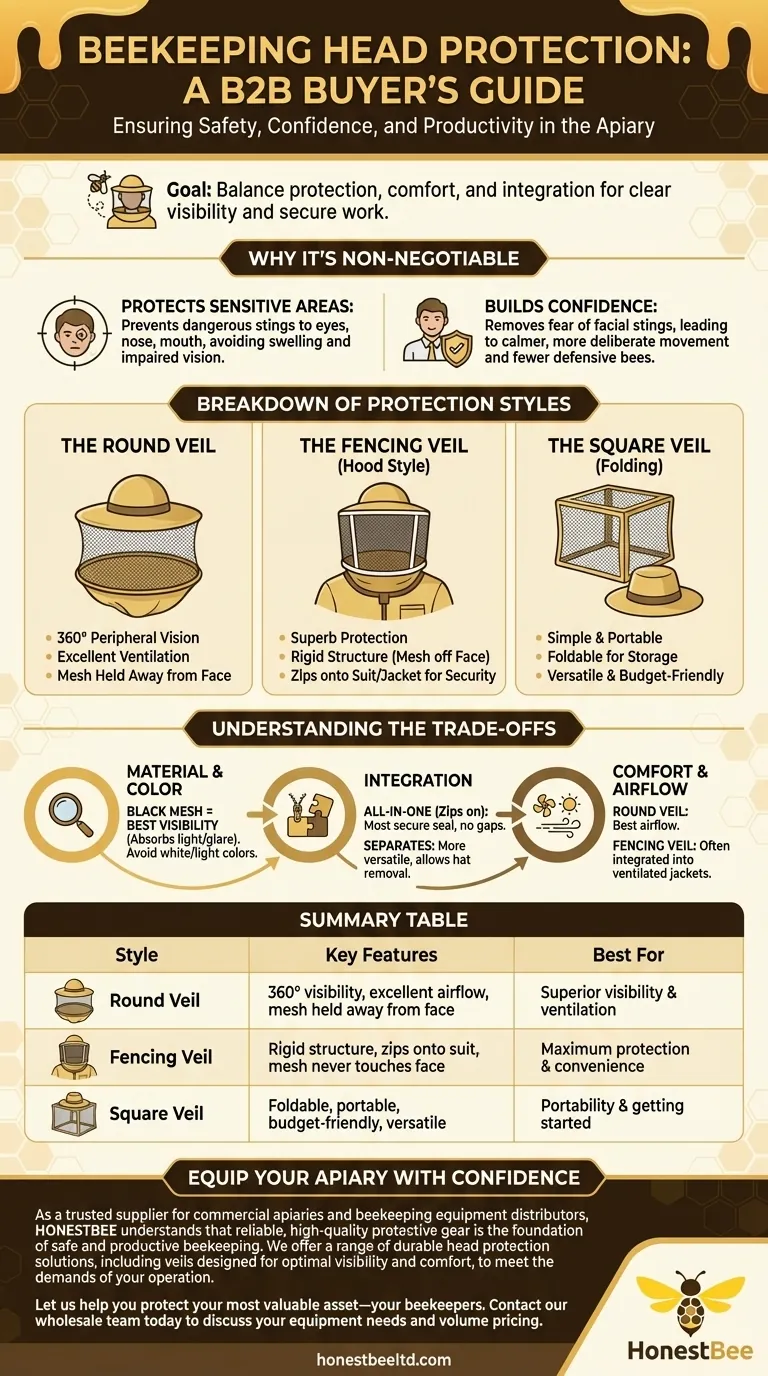
Related Products
- Cotton Folding Square Beekeeping Hat and Veil with Removable Mesh Bee-Proof Design
- Ventilated Adult Beekeeping Helmet Hat for Beekeepers
- Wholesales Dadant Size Wooden Bee Hives for Beekeeping
- Yellow Plastic Bucket Pail Perch for Beekeeping
- Professional Insulated Plastic Bee Hives
People Also Ask
- What are the different types of beekeeping veils? Choose the Right Protection for Your Apiary
- What is the function of a beekeeper hat and veil? Essential Head & Face Protection for Beekeepers
- How can I keep ants out of my honey? A Simple, Permanent Solution
- What types of protective veils are available for beekeeping? Choose the Best for Your Safety & Comfort
- What factors should be considered when purchasing a beekeeping suit or jacket? Your Guide to Safety and Comfort











